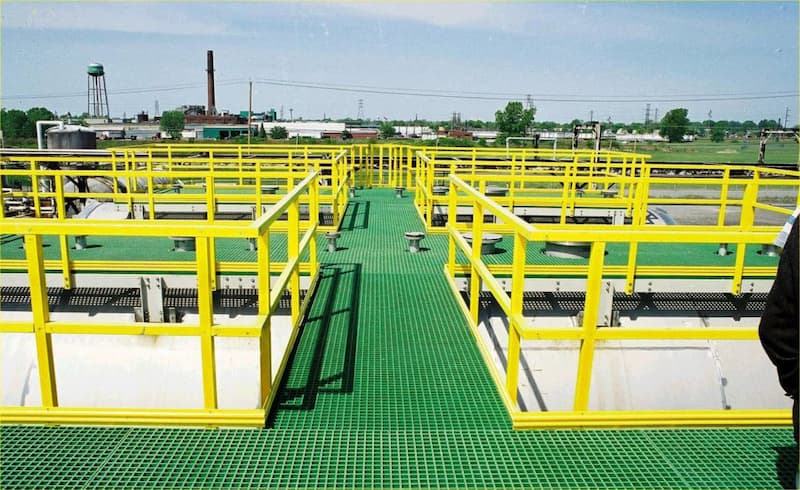Fiber-Reinforced Plastic (FRP) products are known for their durability and resistance to environmental factors, making them a popular choice across various industries. Proper maintenance and care are essential to ensure the longevity and performance of FRP components. Here are some key considerations for maintaining FRP products:
-
Regular Cleaning: Routine cleaning is essential to prevent the buildup of dirt, dust, and contaminants on the surface of FRP products. Use a mild detergent or soap and water to clean the surface. Avoid abrasive cleaners or scouring pads that can scratch the FRP.
-
Inspection: Periodically inspect FRP components for any signs of damage, wear, or deterioration. Look for cracks, chips, or changes in the surface texture. Early detection can prevent minor issues from becoming major problems.
-
UV Protection: FRP products exposed to direct sunlight can gradually lose their luster and become discolored over time due to UV radiation. Applying a UV-resistant coating or wax can help protect the surface and maintain its appearance.
-
Avoid Harsh Chemicals: Avoid using harsh chemicals, solvents, or acids on FRP surfaces, as these can damage the material. If chemical exposure occurs, rinse the area with clean water immediately.
-
Graffiti Removal: In urban environments, FRP surfaces may be vulnerable to graffiti. Use graffiti removers that are safe for use on FRP or consult the manufacturer's recommendations for removal.
-
Repairs: Address any damage promptly. Small cracks or chips can often be repaired using FRP patch kits or epoxy-based repair materials. Consult with a professional for larger repairs.
-
Slip Resistance: For FRP gratings used in walkways or flooring, ensure that slip resistance is maintained. Clean the surface regularly to remove any substances that could reduce slip resistance.
-
Lubrication: In industrial settings, components like FRP bearings and bushings may require lubrication to prevent wear. Use lubricants compatible with FRP materials.
-
Support Structures: Check the support structures and fasteners of FRP components regularly. Ensure that they are secure and not contributing to stress on the FRP.
-
Sealing and Coating: Depending on the application, consider applying a protective sealant or coating to enhance resistance to specific chemicals or environmental conditions.
-
Consult Manufacturer Guidelines: Follow the manufacturer's guidelines and recommendations for maintenance and care specific to the type of FRP product in use.
Proper maintenance and care of FRP products not only extend their lifespan but also ensure that they continue to meet performance standards and safety requirements. Regular inspections and attention to detail can help identify issues early and prevent costly repairs or replacements. Always consult with the manufacturer for product-specific maintenance instructions.

